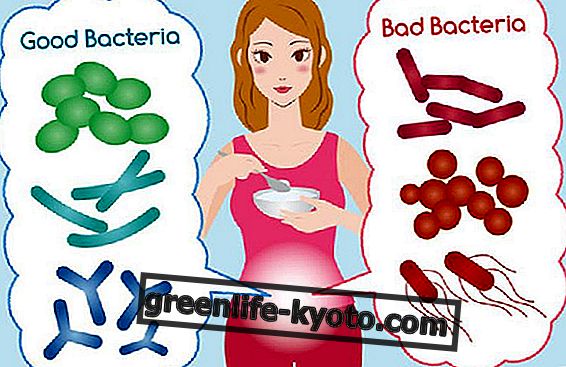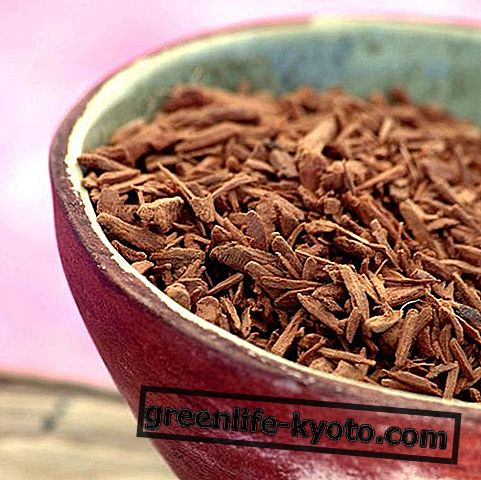Diet for diabetics must be low in fat and be accompanied by physical activity. Let's find out better.

What is diabetes
There are two clinical forms of diabetes mellitus, different for their causes, clinical history, symptoms and therapy: type 1 diabetes and type 2 diabetes.
Type 1 diabetes is the least frequent, usually appears in children or in very young subjects and should always be treated with insulin. In fact, in these diabetics the disease is caused by the destruction of pancreatic cells that are, in fact, those responsible for the production of insulin.
Type 2 diabetes, much more frequent, is characterized by the body's resistance to insulin. In practice, the production of the hormone remains normal, it is reduced only slightly and sometimes even increases, but there is, in fact, a resistance, so that the insulin does not act as it should on a metabolic level. These diabetic subjects, at least in the initial stages of the pathology, do not therefore need insulin therapy.
Type 2 diabetes generally occurs not before the age of 30-40. There is a genetic predisposition and, in fact, about 40% of type 2 diabetics have first-degree relatives with the same disease. However, there are also environmental and behavioral factors that expose the subject more to developing the pathology, especially a sedentary lifestyle, a diet too rich in simple sugars and highly caloric foods, overweight and obesity, having other cardiovascular risk factors such as arterial hypertension and high cholesterol, having had diabetes in pregnancy.
In both types of diabetes, nutrition is of enormous importance; it is, in fact, an integral part of the therapy.
Feeding in case of diabetes
Therapy for diabetic patients includes adequate nutrition and regular physical activity, in addition to possible pharmacological treatment based on oral hypoglycemic agents and, in some cases, insulin.
It is essential that the person with diabetes learns to self-manage their own pathology by paying attention not only to controls and possible drug therapy, but also to what they eat and their lifestyle. It is important that diabetics carry out regular and moderate physical activity, commensurate with their ability, age and general health. The control of the power supply is also essential. It is not infrequent that in people with type 2 diabetes mellitus, physical activity and diet alone are sufficient to improve not only blood sugar levels, but also those of cholesterol and blood pressure. Physical activity helps reduce blood sugar and improve the effects of insulin (both that already present in the body, as well as that eventually administered) because it consumes glucose dissolved in the blood; in fact, glucose is the substance that muscles burn to move, a bit like the car uses fuel.
You can learn more about diabetic foods such as Jerusalem artichokes

Diet for diabetics must be low in fat. Carbohydrates, contrary to what is often thought, must not be completely eliminated, but distributed adequately during the day and eventually reduced. It is also important to consume foods with complex carbohydrates, rather than sweets and other foods too rich in simple sugars. Obviously, that for diabetics can in no case be a DIY diet; a doctor's advice is essential, also because each person is a case in itself. For example, in the case in which the subject with diabetes is also overweight or obese, the diet must be hypocaloric, to allow a progressive decrease in body weight. In general, however, it is useful to distribute the daily calories in three main meals and two snacks, one in mid-morning and one in mid-afternoon, avoiding long periods of fasting, as well as too abundant meals. Chayote, for example, is an excellent tropical fruit in case of diabetes.
Generally, alcohol intake is not recommended due to the risk of ketoacidosis and hypoglycemic crises. Sometimes, however, the doctor, according to the individual case, can allow a moderate consumption of wine and / or beer.
Did you know that
People with diabetes, especially when they are treated with insulin, can experience sudden drops in blood sugar levels; this condition is known as hypoglycemic crisis and can occur following a food intake that is too low compared to normal, a very intense physical activity or even therapy errors.
To prevent a hypoglycemic crisis it is necessary to follow some rules; for example, never skip meals. It is also necessary to regulate the therapy based on the intensity of the physical activity that takes place, obviously agreeing everything with your own doctor.













